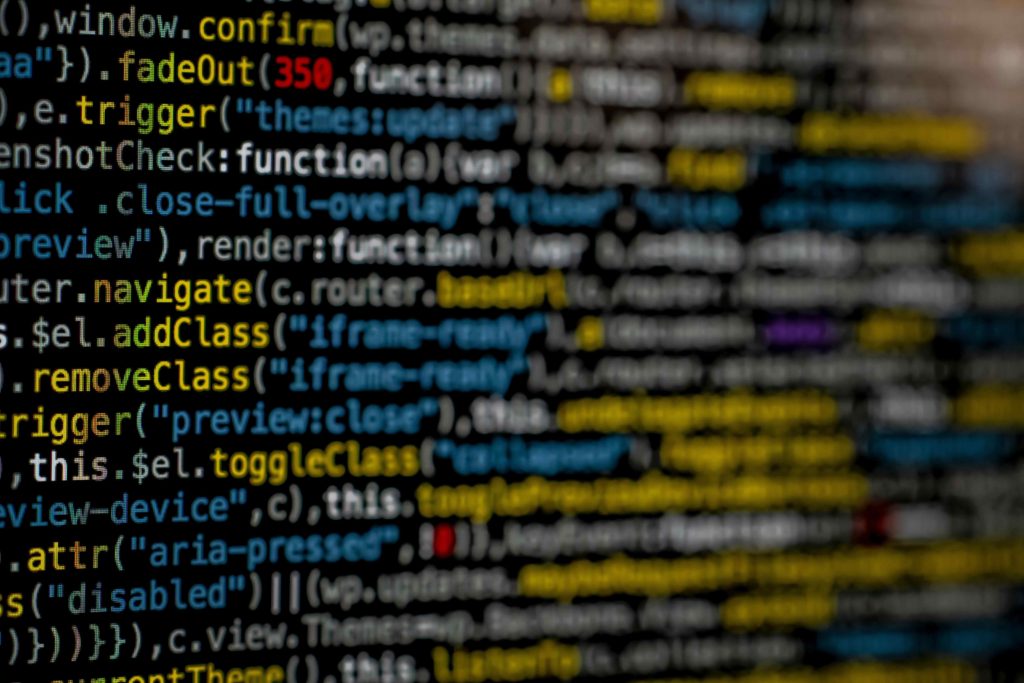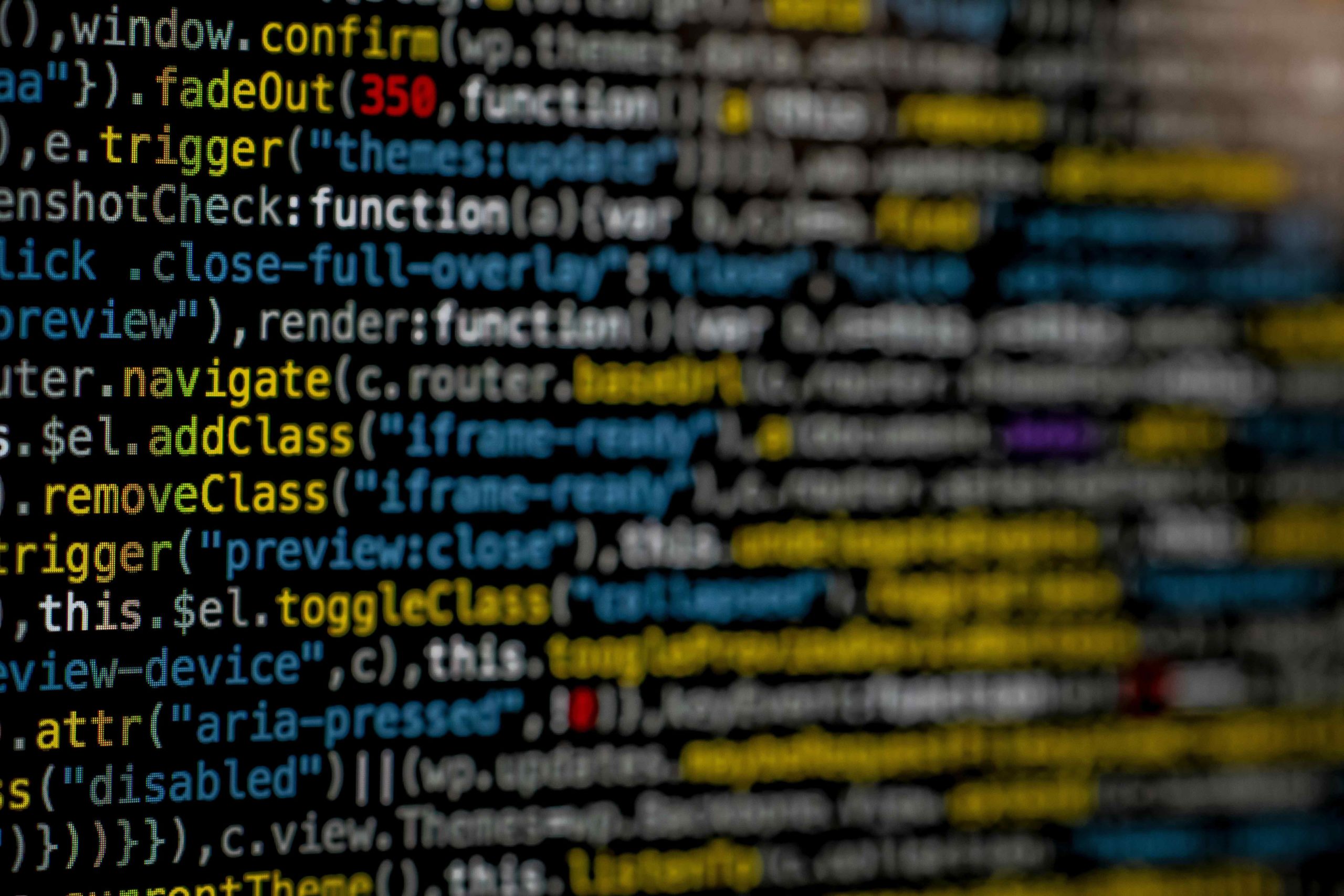By Michon Ellis, Executive Director
In today’s digital landscape, cyberattacks are no longer a question of “if” but “when.” As stewards of their organizations, C-suite executives bear the heavy responsibility of safeguarding not only the company’s assets but also its reputation during cybersecurity crises. A cyberattack can shake the very foundation of trust that customers, investors, employees, and other stakeholders place in a company. This is why cyberattack readiness is critical for those in the C-suite. They are the ones who must communicate effectively during the crisis, ensuring that the narrative is controlled, stakeholders are reassured, and the company’s reputation is protected.
The Need for C-Suite Preparedness
C-suite executives must be prepared for the inevitability of a cyberattack because they are the face of the organization during such crises. Their response, both in terms of action and communication, will significantly impact how the crisis unfolds. A well-prepared C-suite can mitigate damage, maintain stakeholder trust, and steer the organization back to normality. On the other hand, a poorly managed response can lead to long-term reputational damage, loss of customer trust, regulatory penalties, and a plummeting stock price.
So, what should the C-suite be thinking about as it relates to preparedness and rapid response? Here are key steps to take:
1. Embrace a Proactive, Transparent, and Resilient Communication Strategy
Before a crisis even occurs, C-suite executives must champion a communication strategy that is proactive, transparent, and resilient.
- Proactive: Preparedness begins with anticipation. Establishing clear communication protocols before a crisis hits is crucial. This includes identifying potential cyber threats and vulnerabilities through a comprehensive risk assessment. Once these risks are identified, the development of a detailed crisis communication plan that outlines roles, responsibilities, and communication channels becomes essential. This plan should include pre-drafted statements and FAQs tailored to various scenarios, ensuring that the organization can respond quickly and effectively when a cyberattack occurs.
- Transparent: In the event of a cyberattack, transparency is key to maintaining trust. Open, honest communication with all stakeholders—employees, customers, investors, and regulators—is critical. Acknowledging the incident promptly, providing accurate information, and offering guidance on next steps helps control the narrative and reduces panic and confusion.
- Resilient: A resilient communication strategy ensures that the company can bounce back quickly from a cyberattack while minimizing long-term damage. This involves continuous monitoring of the situation, adapting the response as needed, and learning from the incident to strengthen future readiness.
2. Establish a Dedicated Issues and Crisis Taskforce
The formation of an Issues and Crisis Taskforce is a vital step in cyberattack readiness. This cross-functional team should include key personnel from IT, Legal, PR, HR, and other relevant departments.
- Taskforce Formation: The C-suite must ensure that the taskforce is assembled well in advance of any crisis. This team should have clearly defined roles and responsibilities, with specific members assigned to decision-making, communication, and technical response.
- Protocol Development: Clear protocols for how the taskforce will operate during a cyberattack must be established. This includes escalation procedures, communication workflows, and regular training and drills to ensure that the team is prepared to act swiftly and effectively.
3. Focus on Internal Communication
During a cyberattack, internal communication is just as important as external communication. Employees are on the front lines and need to be informed and supported to prevent further damage and ensure a coordinated response.
- Immediate Notification: Quickly inform employees about the breach and provide them with clear instructions on what to do next. This might include guidelines on how to protect personal and company data, as well as steps to take to mitigate the impact of the attack.
- Support and Updates: Offer resources such as hotlines or counseling services to support affected employees. Continuous updates should be provided to keep employees informed about the situation and the company’s response efforts. This not only helps prevent misinformation but also ensures that employees remain engaged and motivated during the crisis.
4. Manage the Public Narrative
External crisis communication during a cyberattack is about managing the public narrative and maintaining the trust of customers, investors, and other stakeholders.
- Initial Statement: The first public statement is crucial. It should be timely, factual, and acknowledge the incident without delving into unconfirmed details. This helps to control the narrative and prevents speculation.
- Stakeholder Communication: Tailor messages for key stakeholders, including investors, partners, and customers. Each group may require different information and reassurances, so it’s important to consider their unique perspectives.
- Media and Social Media Management: Monitor media coverage and correct misinformation swiftly. Proactively provide updates to the press and use social media to disseminate accurate information, addressing public concerns in real time.
5. Conduct a Post-Crisis Review
Once the immediate crisis has passed, a thorough post-crisis review is essential to identify lessons learned and improve future responses.
- Debrief and Feedback: Conduct a comprehensive debrief with the taskforce and gather feedback from employees, customers, and partners. This helps identify what worked well and what needs improvement.
- Reputation Management: Continue to monitor the company’s reputation and take corrective actions as needed to rebuild trust with stakeholders.
- Plan Revision: Use the insights gained from the review to update the crisis communication plan, ensuring that the organization is better prepared for future incidents.
Leading the Issues and Crisis Team at GOLIN
At Golin, I lead a specialized issues and crisis team that excels in managing communication during cyberattacks. Our approach is rooted in proactive, transparent, and resilient communication strategies that prioritize the protection of our clients’ reputations. We understand that the C-suite’s role in cyberattack readiness is critical, and we work closely with executives to ensure that they are prepared to respond effectively when the unthinkable happens.
Our team is adept at coordinating cross-functional taskforces, managing integrated agency teams, and executing comprehensive communication plans that align with our clients’ needs. We are committed to ensuring that all stakeholders are informed, supported, and reassured during a crisis, helping our clients navigate through the storm and emerge stronger on the other side.
Ultimately, cyberattack readiness is not just a technical issue—it’s a communication issue. As leaders of their organizations, C-suite executives must be at the forefront of this preparedness, ensuring that they can protect their company’s reputation and maintain the trust of all stakeholders. At Golin, we stand ready to partner with you in this crucial endeavor, bringing our expertise and experience to ensure your organization is fully equipped to handle any cyber crisis with confidence.

